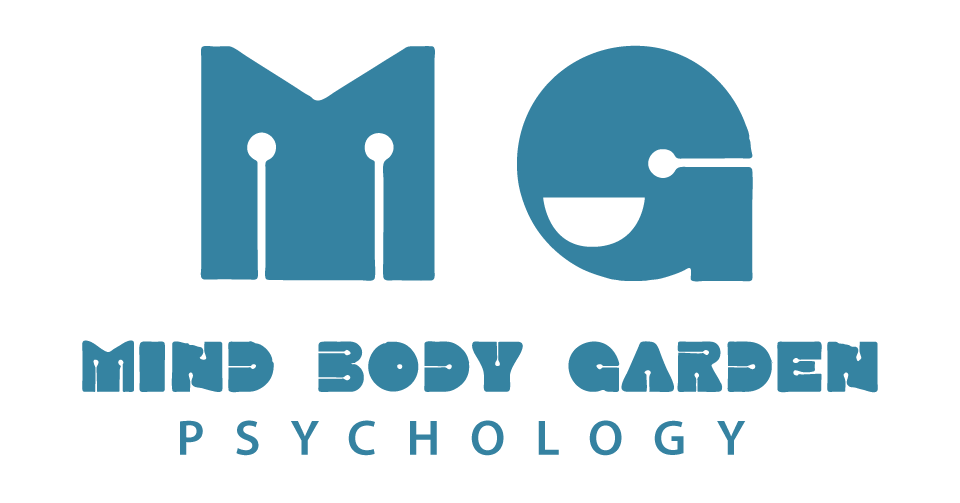It’s Not About Willpower: How Trauma Shapes the Brain and Blocks Change
Author: Wendi Jia, LMHC, Psychotherapist at MBG Clinic.
Many people share the same frustration:
“I know what I should do, I understand the logic — but I just can’t make myself follow through.”
This struggle isn’t simply about “lack of willpower.” Instead, it often reflects the way our brain is structured — and how trauma shapes its responses over time.
The Brain as a Multi-Layered System
The brain is not a single rational machine. It is a complex, layered system that developed over the course of evolution:
Cerebral Cortex (especially the Prefrontal Cortex)
Handles reasoning, planning, impulse control, and self-regulation.
Considered the “thinking brain,” but evolutionarily the youngest.
Limbic System
Includes structures such as the amygdala and hippocampus.
Processes emotions, motivation, and memory.
Reacts more quickly and powerfully than rational thought.
Brainstem & Hypothalamus
Controls basic physiological functions and survival instincts.
Generates fight, flight, or freeze responses when sensing threat.
In moments of stress, the “older brain” (emotions and survival) often overrides the rational cortex.
How Trauma Shapes the Brain
Traumatic experiences — such as childhood neglect, abuse, or major life stressors — can leave lasting imprints on the brain:
Hyperactive amygdala → heightened fear and stress reactivity (Rauch et al., 2000).
Dysregulated HPA axis → chronic tension, hypervigilance, and disrupted stress recovery (Yehuda, 2002).
Emotion-memory binding → traumatic memories get “stored in the body,” making it hard for rational logic to override instinctive responses (van der Kolk, 2014).
This is why people may “know better” logically, yet still feel stuck in old emotional and bodily patterns.
What Supports Real Change
Lasting change requires integrating all three layers of the brain:
Emotional Regulation
Trauma-focused therapies (e.g., TF-CBT, EMDR)
Mindfulness and attachment-based practices
help the emotional brain feel safe again.Body-Based Regulation
Breathwork, yoga, movement, somatic therapies
Teach the body to recognize safety instead of staying in survival mode.Cognitive Support
Goal-setting, planning, journaling, cognitive reframing
When the emotional and physical systems are regulated, the rational brain can finally engage effectively.
Final Thoughts
Understanding the logic behind change is important — but it’s just the starting point.
Real transformation requires alignment between thinking, feeling, and body responses.
When we integrate these three layers, we move from simply “knowing better” to truly living better.
References
Rauch, S. L., Shin, L. M., & Phelps, E. A. (2000). Neurocircuitry models of posttraumatic stress disorder and extinction: Human neuroimaging research—past, present, and future. Biological Psychiatry, 50(12), 1027–1040.
Yehuda, R. (2002). Post-traumatic stress disorder. New England Journal of Medicine, 346(2), 108–114.
van der Kolk, B. (2014). The Body Keeps the Score: Brain, Mind, and Body in the Healing of Trauma. Viking.
Psychological services available in multiple languages (English, Mandarin, Cantonese, French, Turkish, etc.): 650-434-2563; admin@mindbodygarden.com. HSA/FSA accepted. Send us a text message on the phone, or call us and leave a voicemail.
Appointment & Office Locations:
admin@mindbodygarden.com
Office 1 (Los Altos)
885 N. San Antonio Rd., Suite O, Los Altos, CA 94022
Office 2 (SF)
110 Gough Street #402, San Francisco, CA 94102
Office 3 (San Diego)
9920 Pacific Heights Blvd, Suite 150, San Diego, CA 92121
Office 4 (New York)
303 Fifth Avenue, Suite 901, New York, NY 10016
